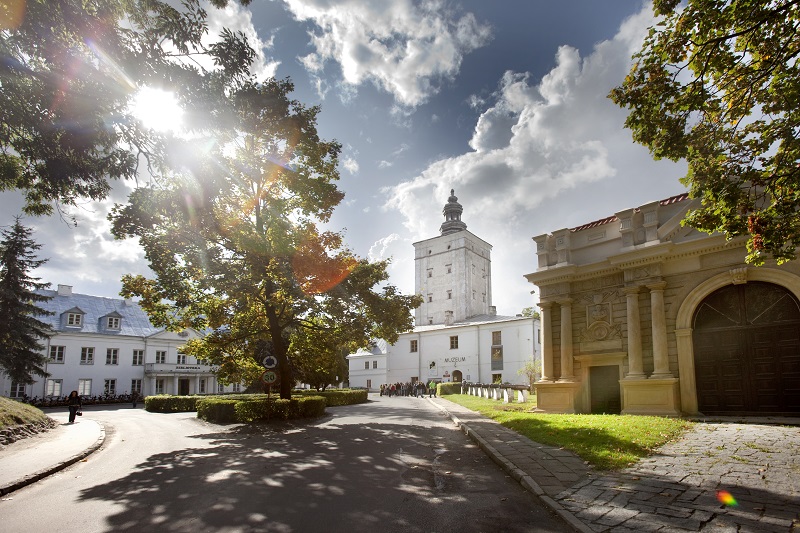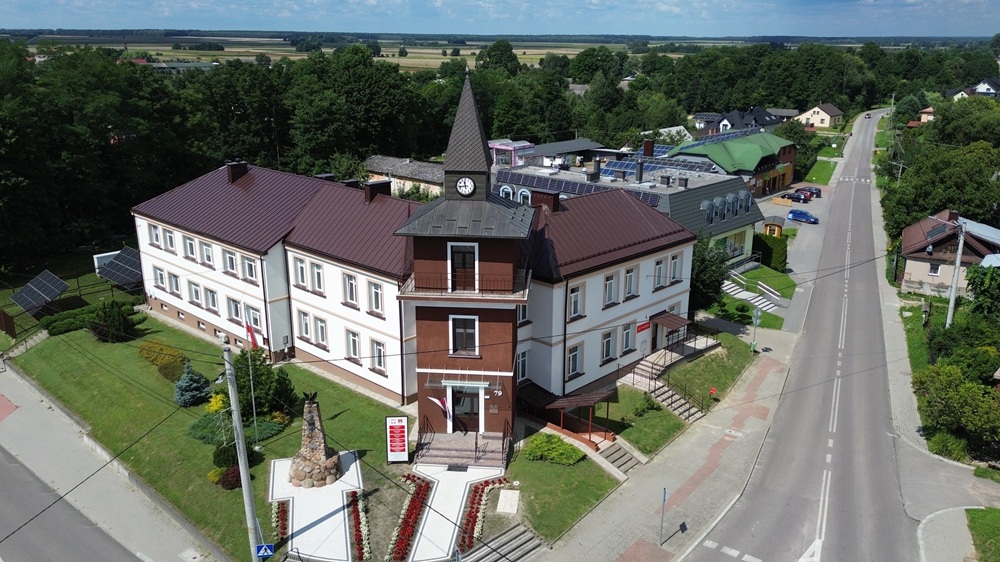a-j

Annopol, known as the "Gateway to the Lublin Region," is a small town situated on the western border of Lublin Voivodeship, within the Lesser Poland River Gorge. Its history dates back to the 18th century when, in 1761, it was granted town rights by virtue of a privilege issued by King Augustus III of Poland on the land of the village of Rachów. Earlier, in 1724, the village had received the right to organise fairs and markets. Thanks to its proximity to the queen of Polish rivers, the town was once an important port, trade, and rafting centre. In the centre of Annopol, the historic urban la ...

Babin - a village on the Bełżyce Plain, which became famous in the 16th century as the Babin Republic. It was a literary-political association (or literary-political-theological-social club), founded by Stanisław Pszonka and Piotr Kaszowski, which humorously commented on reality and parodied the vices of the nobility. Among its members were Mikołaj Rej (a poet and writer, considered the father of Polish literature), Jan Kochanowski (a leading Renaissance poet), and Andrzej Frycz Modrzewski (a political thinker and advocate of state and church reform). Functioning from the second half of th ...

In the West Roztocze, where the Pór River starts, there is the village of Batorz. It has made its mark in Polish history as the site of one of the battles of the January Uprising. At the end of the summer of 1863, an insurgent unit of Marcin Lelewel-Borelowski clashed with the Russian army in Sowia Góra. The tragic battle is commemorated by a preserved earth mound and a mass grave of thirty insurgents - not only Poles, but also volunteers from Hungary. Lelewel-Borelowski, the commander of the unit, was buried in the parish cemetery located on a high hill of a former early medi ...

Bełżec is one of the villages of Eastern Roztocze, lying at the Lviv route, located only about a dozen kilometers from the border crossing between Poland and Ukraine in Hrebenne. The history of the village dates back to the XVI century and one can still admire the preserved buildings that are witnesses of the bygone times. Noteworthy, among others, a wooden Greek Catholic church of St. Basil from 1756 or numerous chapels made of wood or stone. Although Bełżec is several centuries old, its history is dominated by the dark times of World War II. In 1942 a German Naz ...

Less than thirty kilometers south-west of Lublin lies Bełżyce - one of the oldest cities in the Lublin region. Thanks to Władysław Jagiełło, the town obtained a municipal charter as early as 1417. The resulting city was not a royal property, but a part of the private nobility. To this day, you can find some remains of the XV century Bełżyce castle, proving the position and wealth of the local magnates. Unfortunately, the castle did not survive in its original form. It was rebuilt into a brewery, distillery, and then a dairy. The original castle form was destroyed by the Cossa ...

Biała Podlaska was once a property of the Radziwiłł family, associated primarily with the magnificent castle complex from the XVII-XVIII century and the valley of the Krzna River, a picturesque tributary of the Bug River. Visitors will be interested in the Museum of Southern Podlasie, presenting the collection of Bazyli Albiczuk's works and one of the largest collections of Russian icons from the XVII and XIX centuries in Poland. The capital of the Southern Podlasie is a great place for those seeking architectural monuments and those interested in history. The most interesting ar ...

Białka is a small village located in the valley of the picturesque Żółkiewka river, less than 10 kilometers from Krasnystaw. The village is famous for its Arabian horse stud, founded in 1930. It's the second place of this type in the region, right after the famous horse stud in Wygoda near Janów Podlaski. Initially, the horses were bred here for the army, and after the war the Arabian and Anglo-Arabian horses taking part in races on domestic and foreign tracks, became the stud's specialty. Every year, at the turn of May and June, the Spring Youth Arabian ...

Biłgoraj, town located at the fork of the Czarna and Biała Łada rivers and surrounded by the Solska Forest, is famous for his past tradition of sieve-making. From the XVII century it was known for the production of all kinds of sieves. Interestingly, Biłgoraj craftsmen created their own secret language, known only to the city's residents. This was to protect their businesses and ensure free communication during numerous trade travels. Unfortunately, its secrets have not survived to the present day, but when visiting Biłgoraj we have the opportunity to see the original sieve-maki ...

The Biszcza Commune, picturesquely located on the Tarnogród Plateau, is known as the “land fragrant with buckwheat and flowing with honey.” This unique area delights visitors with its tranquillity, clean air, and the warm, welcoming atmosphere of its residents. The absence of heavy industry, the surrounding forests, and the idyllic landscape make Biszcza an ideal place for relaxation and recreation—perfect for those seeking peace and closeness to nature, as well as for lovers of active leisure. ...

Bochotnica is a village on the Nałęczowski Plateau, at the mouth of the Bystra River to the Vistula. It's a location of one of the local ferry crossings that allows to quickly get from Kazimierz side to the Janowiec side of the Vistula river. The village is famous for the ruins of a XIV century knight's castle built on one of the hills, surrounded by dense forests. According to the legend, it is here that the love between King Kazimierz and the beautiful Jewess Esterka flourished. ...
Page 1 of 5











